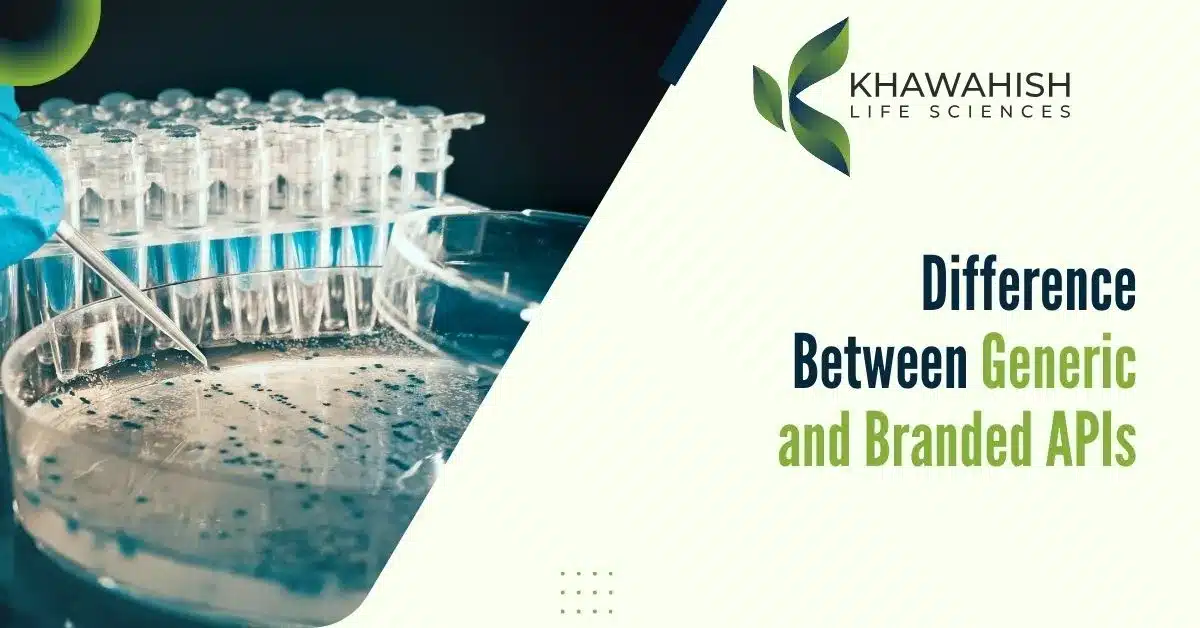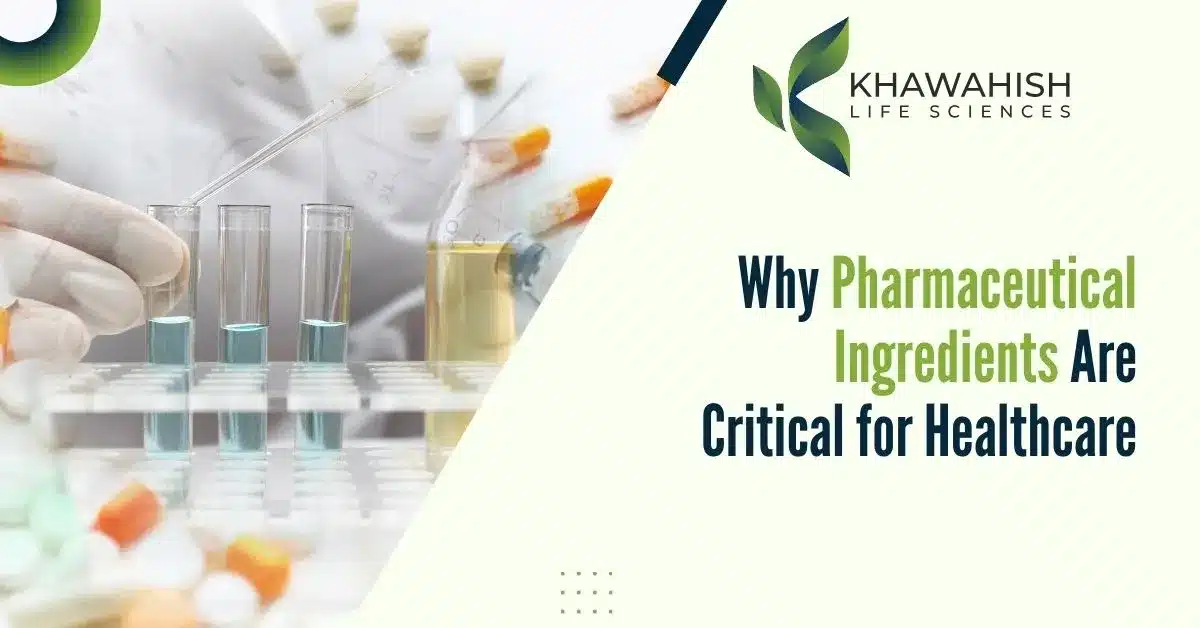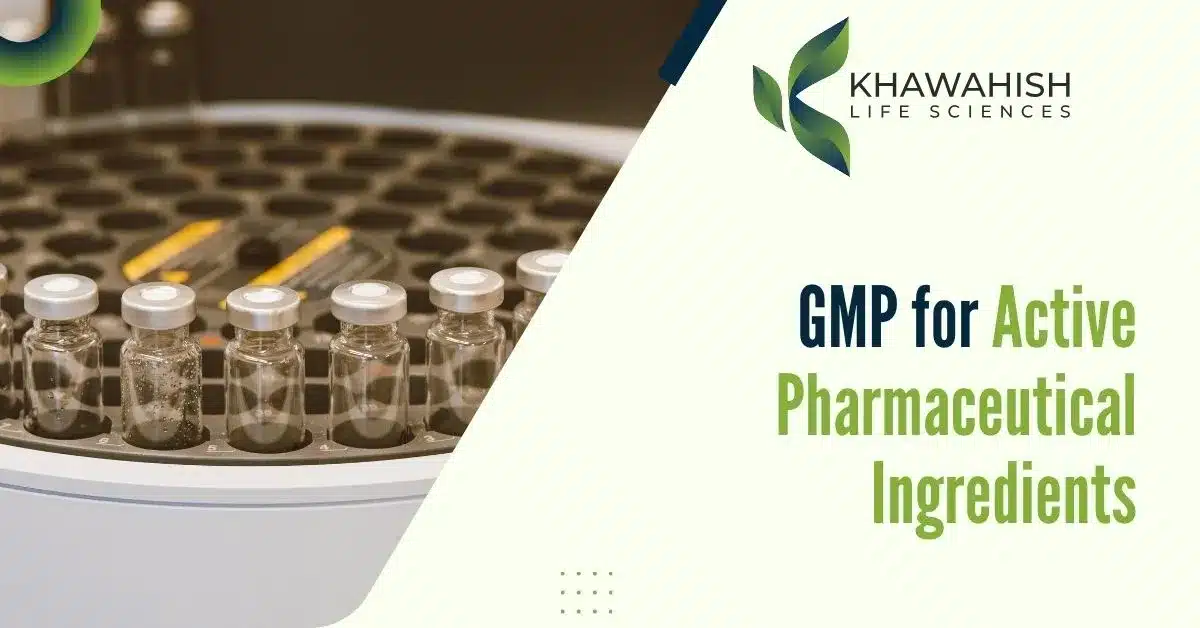
The pharmaceutical industry relies heavily on Active Pharmaceutical Ingredients (APIs) for drug formulation. These APIs can be classified into branded APIs and generic APIs. Understanding the difference between the two is crucial for pharmaceutical companies, healthcare professionals, and consumers. In this blog, we will explore the differences, manufacturing processes, regulatory requirements, and cost implications of generic and branded APIs.
What are Branded APIs?
Branded APIs, also known as innovator APIs, are the original active pharmaceutical ingredients developed by a pharmaceutical company and protected under patents. These APIs are used in branded drugs, which undergo extensive research, clinical trials, and regulatory approvals before being launched in the market.
Features of Branded APIs:
- Developed and patented by innovator pharmaceutical companies.
- Subject to rigorous clinical trials and testing.
- Higher costs due to R&D expenses.
- Exclusive market rights until patent expiration.
- Strict FDA and regulatory approvals are required before commercialization.
Examples of Branded APIs:
- Atorvastatin (Used in Lipitor by Pfizer)
- Sildenafil (Used in Viagra by Pfizer)
- Esomeprazole (Used in Nexium by AstraZeneca)
What are Generic APIs?
Generic APIs are pharmaceutical ingredients that become available once the patent of a branded API expires. These APIs are used in generic drugs, which are equivalent to branded drugs in terms of dosage, strength, administration, safety, efficacy, and quality but are sold at a lower cost.
Features of Generic APIs:
- Can only be produced after the patent for the branded API expires.
- Must be bioequivalent to the branded API.
- More affordable due to the lack of R&D and marketing expenses.
- Approved under ANDA (Abbreviated New Drug Application) regulations.
- Used in generic medicines, which are widely available in pharmacies.
Looking for high-quality APIs? Contact us today for premium formulations that meet global regulatory standards!
Examples of Generic APIs:
- Atorvastatin (Generic version of Lipitor)
- Sildenafil (Generic version of Viagra)
- Esomeprazole (Generic version of Nexium)
Differences Between Branded and Generic APIs
| Feature | Branded API | Generic API |
| Development | Developed by innovator pharma companies | Manufactured by multiple companies after patent expiry |
| Cost | High due to R&D, clinical trials, and marketing | Low as no extensive research or trials are needed |
| Regulatory Approval | Requires new drug application (NDA) | Approved through Abbreviated New Drug Application (ANDA) |
| Market Availability | Exclusive until patent expires | Available after patent expiration |
| Bioequivalence | Original formula, proprietary research | Must be bioequivalent to branded API |
| Example Drugs | Lipitor, Viagra, Nexium | Atorvastatin, Sildenafil, Esomeprazole |
Regulatory Approvals for Branded vs. Generic APIs
Regulatory Approval Process for Branded APIs:
- Preclinical Research: Initial lab and animal testing.
- Clinical Trials: Phases 1, 2, and 3 to test safety and efficacy.
- New Drug Application (NDA): Submission to regulatory authorities (FDA, EMA, etc.).
- Market Approval: Upon successful review, the drug is launched.
Regulatory Approval Process for Generic APIs:
- Bioequivalence Studies: Must demonstrate similar absorption and effectiveness as branded API.
- Abbreviated New Drug Application (ANDA): Submitted for approval.
- Regulatory Review: If bioequivalence is confirmed, approval is granted.
- Market Entry: Generic drug enters the market at a lower price.
Cost Comparison: Branded vs. Generic APIs
Branded APIs are significantly more expensive than generic APIs due to the high costs of drug development, including:
- R&D investments
- Clinical trials
- Regulatory approvals
- Marketing and patent protection
Generic APIs, on the other hand, are more cost-effective as manufacturers do not need to repeat the costly research and trials. This is why generic medicines are typically 80-90% cheaper than branded drugs.
Why Are Generic APIs Important?
- Affordability: Lower costs make medicines accessible to a larger population.
- Increased Competition: Encourages price reductions and better availability.
- Healthcare Savings: Helps governments and insurance companies reduce medical expenses.
- Wide Adoption: Used in pharmaceutical formulations worldwide.
Challenges in Generic API Manufacturing
Despite their advantages, generic APIs face several challenges:
- Regulatory Barriers: Strict approval processes in different countries.
- Quality Control: Maintaining the same efficacy as branded APIs.
- Patent Litigation: Legal issues with brand-name drug manufacturers.
- Supply Chain Issues: Dependency on raw material availability.
Future Trends in Generic APIs
- Growth in Biosimilars: Generic versions of biologic drugs gaining popularity.
- Increase in API Manufacturing in India and China: These countries dominate the generic API market.
- Advanced Manufacturing Techniques: Continuous manufacturing and AI-driven drug development.
- Regulatory Harmonization: Streamlined approval pssrocesses for faster market entry.
Conclusion
Branded and generic APIs play a vital role in the pharmaceutical industry. While branded APIs are essential for innovation, generic APIs make essential medicines affordable and accessible worldwide. With rising healthcare costs, generic API manufacturing is expected to grow, ensuring the availability of cost-effective medications for millions of patients.


